What are the differences between SaaS and Software-enabled Service/Solution?
Last updated: January 28, 2024 Read in fullscreen view
- 20 Jan 2022
 Difference between Bug, Defect, Error, Fault & Failure 23/1246
Difference between Bug, Defect, Error, Fault & Failure 23/1246 - 18 Oct 2020
 How to use the "Knowns" and "Unknowns" technique to manage assumptions 22/995
How to use the "Knowns" and "Unknowns" technique to manage assumptions 22/995 - 17 Oct 2022
 What is the difference between low-end, mid-end and high-end solutions of project management software? 20/1355
What is the difference between low-end, mid-end and high-end solutions of project management software? 20/1355 - 05 Jul 2020
 What is Sustaining Software Engineering? 16/1196
What is Sustaining Software Engineering? 16/1196 - 01 Oct 2020
 Fail fast, learn faster with Agile methodology 15/978
Fail fast, learn faster with Agile methodology 15/978 - 02 May 2022
 Difference between CapEx vs. OpEx: Two Ways to Finance Your Software Project 12/1435
Difference between CapEx vs. OpEx: Two Ways to Finance Your Software Project 12/1435 - 20 Mar 2022
 What is a Multi-Model Database? Pros and Cons? 11/1068
What is a Multi-Model Database? Pros and Cons? 11/1068 - 03 Aug 2022
 What Are OLAs? SLAs vs OLAs vs UCs: What’s The Difference? 11/974
What Are OLAs? SLAs vs OLAs vs UCs: What’s The Difference? 11/974 - 01 Mar 2023
 What is Unit Testing? Pros and cons of Unit Testing? 9/362
What is Unit Testing? Pros and cons of Unit Testing? 9/362 - 19 Oct 2021
 Is gold plating good or bad in project management? 8/756
Is gold plating good or bad in project management? 8/756 - 10 Nov 2022
 Poor Code Indicators and How to Improve Your Code? 8/214
Poor Code Indicators and How to Improve Your Code? 8/214 - 30 Jan 2022
 What Does a Sustaining Engineer Do? 8/557
What Does a Sustaining Engineer Do? 8/557 - 06 Feb 2021
 Why fail fast and learn fast? 7/378
Why fail fast and learn fast? 7/378 - 10 Apr 2022
 Difference Between Forward and Backward Reasoning in AI 6/1581
Difference Between Forward and Backward Reasoning in AI 6/1581 - 01 Mar 2023
 Bug Prioritization - What are the 5 levels of priority? 6/207
Bug Prioritization - What are the 5 levels of priority? 6/207 - 18 Aug 2022
 What are the consequences of poor requirements with software development projects? 5/244
What are the consequences of poor requirements with software development projects? 5/244 - 21 Jun 2022
 Difference between Quality and Grade 5/703
Difference between Quality and Grade 5/703 - 24 Nov 2021
 What is the difference between off-the-shelf software and customized software? 5/429
What is the difference between off-the-shelf software and customized software? 5/429 - 07 Dec 2021
 What's the difference between soft freeze, hard freeze and customization freeze? 5/1133
What's the difference between soft freeze, hard freeze and customization freeze? 5/1133 - 31 Dec 2021
 What is a Data Pipeline? 5/188
What is a Data Pipeline? 5/188 - 14 Oct 2021
 Advantages and Disadvantages of Time and Material Contract (T&M) 5/795
Advantages and Disadvantages of Time and Material Contract (T&M) 5/795 - 08 Oct 2022
 KPI - The New Leadership 4/558
KPI - The New Leadership 4/558 - 31 Oct 2021
 Tips to Fail Fast With Outsourcing 4/377
Tips to Fail Fast With Outsourcing 4/377 - 17 Jun 2021
 What is IT-business alignment? 3/346
What is IT-business alignment? 3/346 - 23 Sep 2021
 INFOGRAPHIC: Top 9 Software Outsourcing Mistakes 3/413
INFOGRAPHIC: Top 9 Software Outsourcing Mistakes 3/413 - 22 Sep 2022
 Why is it important to have a “single point of contact (SPoC)” on an IT project? 3/844
Why is it important to have a “single point of contact (SPoC)” on an IT project? 3/844 - 28 Dec 2021
 8 types of pricing models in software development outsourcing 3/419
8 types of pricing models in software development outsourcing 3/419 - 01 Feb 2022
 Outstaffing Vs. Outsourcing: What’s The Difference? 3/567
Outstaffing Vs. Outsourcing: What’s The Difference? 3/567 - 05 May 2022
 DAM vs. CMS: What's the difference? 3/445
DAM vs. CMS: What's the difference? 3/445 - 13 Dec 2020
 Move fast, fail fast, fail-safe 3/294
Move fast, fail fast, fail-safe 3/294 - 17 Feb 2022
 Prioritizing Software Requirements with Kano Analysis 3/285
Prioritizing Software Requirements with Kano Analysis 3/285 - 18 Mar 2022
 Difference between Project Management and Management Consulting 3/323
Difference between Project Management and Management Consulting 3/323 - 15 Aug 2023
 Production-Ready vs Feature-Complete: What’s the Difference? 3/157
Production-Ready vs Feature-Complete: What’s the Difference? 3/157 - 10 Dec 2023
 Pain points of User Acceptance Testing (UAT) 3/419
Pain points of User Acceptance Testing (UAT) 3/419 - 25 Apr 2021
 What is outstaffing? 2/230
What is outstaffing? 2/230 - 19 Apr 2021
 7 Most Common Time-Wasters For Software Development 2/527
7 Most Common Time-Wasters For Software Development 2/527 - 13 Nov 2021
 What Is Bleeding Edge Technology? Are bleeding edge technologies cheaper? 2/459
What Is Bleeding Edge Technology? Are bleeding edge technologies cheaper? 2/459 - 03 Jul 2022
 What is the difference between Project Proposal and Software Requirements Specification (SRS) in software engineering? 2/959
What is the difference between Project Proposal and Software Requirements Specification (SRS) in software engineering? 2/959 - 09 Dec 2021
 Customer Service vs Technical Support: What’s The Difference? 1/225
Customer Service vs Technical Support: What’s The Difference? 1/225 - 26 Dec 2023
 Improving Meeting Effectiveness Through the Six Thinking Hats 1/205
Improving Meeting Effectiveness Through the Six Thinking Hats 1/205 - 05 Jan 2024
 Easy ASANA tips & tricks for you and your team 1/181
Easy ASANA tips & tricks for you and your team 1/181 - 11 Jan 2024
 What are the Benefits and Limitations of Augmented Intelligence? 1/436
What are the Benefits and Limitations of Augmented Intelligence? 1/436 - 06 Jun 2024
 Software Upgrade vs Software Update: What is the difference? 1/217
Software Upgrade vs Software Update: What is the difference? 1/217 - 15 Aug 2025
 Quantum Technology: Global Challenges and Opportunities for Innovators /57
Quantum Technology: Global Challenges and Opportunities for Innovators /57 - 14 Mar 2024
 Why should you opt for software localization from a professional agency? /117
Why should you opt for software localization from a professional agency? /117 - 12 Mar 2024
 How do you create FOMO in software prospects? /131
How do you create FOMO in software prospects? /131 - 25 Jan 2022
 What is the difference between Outsourcing and Outstaffing? /262
What is the difference between Outsourcing and Outstaffing? /262 - 15 Sep 2022
 CRM vs CDP: What's the difference? /236
CRM vs CDP: What's the difference? /236 - 01 Apr 2022
 Dedicated Team vs. Extended Team: What’s the difference? /301
Dedicated Team vs. Extended Team: What’s the difference? /301 - 10 Nov 2021
 PoC vs. Prototype vs. MVP: What’s the difference? /726
PoC vs. Prototype vs. MVP: What’s the difference? /726 - 02 Nov 2021
 Difference between an ESTIMATE and a QUOTE /343
Difference between an ESTIMATE and a QUOTE /343 - 10 Apr 2022
 What is predictive analytics? Why it matters? /167
What is predictive analytics? Why it matters? /167 - 06 Nov 2019
 How to Access Software Project Size? /236
How to Access Software Project Size? /236
Software as a service (SaaS) allows users to connect to and use cloud-based apps over the Internet. Common examples are email, calendaring, and office tools (such as Microsoft Office 365). SaaS provides a complete software solution that you purchase on a pay-as-you-go basis from a cloud service provider.
Software as a service essentially extends the idea of the ASP model.
SaaS vs Software-Enabled Service: The Difference
While these two acronyms look similar because they both use the word “software,” there are significant differences between them. In the first, SaaS (Software as a Service), the business model involves selling software. In the second, SeS (Software Enabled Service) uses software as a critical aspect of the business model.
SaaS: Selling Software is the Business
SaaS is a software delivery system allowing users to connect to and use data access from any device using the cloud. As long as the device has a web browser and an internet connection, access is possible. It’s the software vendor’s responsibility to host and maintain the code, databases, and servers. In other words, these vendors’ business includes writing and selling the software businesses need to run their business.
Services-enabled Software (SeS): Software is an Aspect of the Business
While a SaaS is a software delivery system, a SeS uses software as a critical component of the services they offer. What that means is that the SeS uses software when providing services to a company. They’re using services to amplify the importance or value of the software. Ultimately, customers partner with an expert (the SeS company) to reap the most benefits from the software and achieve their desired results.
Examples:
SaaS vs Software-enabled Service: The Importance of Software-Enabled Service
While digital transformation is critical for businesses, it also causes a significant amount of confusion. Executives don’t deny its importance; there are often questions regarding approaching it and where to start. For example, a company might download software intended to enhance productivity. Instead, that decision does nothing more than bring frustration. The learning curve may be steeper than expected, resulting in delays, errors, and lost revenue.
Companies can use a SeS partnership to help them get up to speed with SaaS solutions quicker. If you believe your employees don’t have time to learn a new software solution or troubleshoot issues, it might be time to look at a SeS partnership. That way, staff members can focus on the business’s objectives instead of the software that helps achieve them.
The Benefits of SaaS
SaaS offers unique benefits to businesses that don’t want to use standard software installations. Of the many benefits of SaaS, companies don’t have to worry about building a server, installing software, or troubleshooting configurations. Here are some other notable benefits:
Ease of Use
Companies do not need to spend a significant amount of time or money onboarding staff onto new software solutions, thanks to the easy-to-use application nature of SaaS. Reduce training time thanks to the service’s highly intuitive features.
Integration
Because SaaS solutions are available in the cloud, they integrate easily with other SaaS solutions. That means businesses don’t have to purchase additional software or servers. They only need to enable the new solution and scale it according to their specific needs.
Reduce Costs
Using software on legacy systems involves spending money on the software and the time it takes to install. Because SaaS operates over the cloud, that helps companies reduce their overall costs.
Use Services Immediately
It can take a significant amount of time to install and maintain new software solutions. However, with SaaS, companies can use services immediately via the cloud.
Final Thoughts About SaaS vs Software-enabled Service
Keep in mind that even though there are many differences between SaaS vs. Software-enabled Service, that doesn’t mean you should focus solely on one solution to achieve your business objectives. Instead, consider taking a hybrid approach involving a mix of SaaS and SeS, depending on the outcomes you hope to achieve. For example, if your company needs data center consolidation or source code management, remember that one is a capability and the other is a service.
FAQ About SaaS vs Software-enabled Service
What is the difference between SaaS vs Software-enabled Service?
SaaS (Software as a Service) focuses on using the software as the core part of the business model. In contrast, SeS (Software Enabled Service) uses software to help businesses achieve their goals.
What are software-enabled services?
Software-enabled services mean providers use software to provide critical services to companies.
What’s the difference between the cloud and software as a service SaaS?
While cloud and SaaS are closely related, there are notable differences. Cloud-based software is mainstream and includes applications ranging from ERP solutions like NetSuite to organizational solutions like ClickUp and Asana.
SaaS involves licensing cloud-based applications to users. Users access the software via a web browser and internet connection. Therefore, there’s no need for them to install or maintain software locally. Typically, SaaS applications feature subscription-based licensing.
What is the difference between SaaS and managed services?
Managed services differ from SaaS in that they take the software solution a step further by offering companies support, which often includes taking care of hardware and networking requirements.
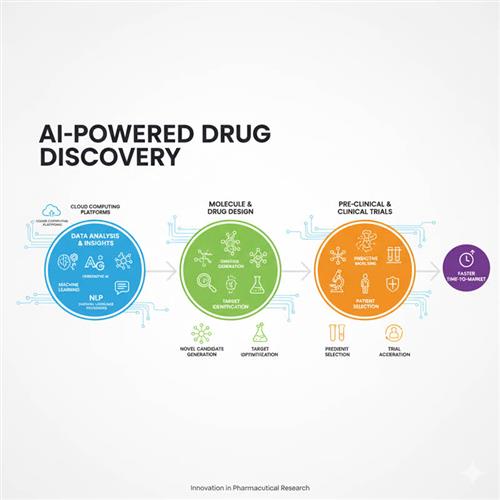

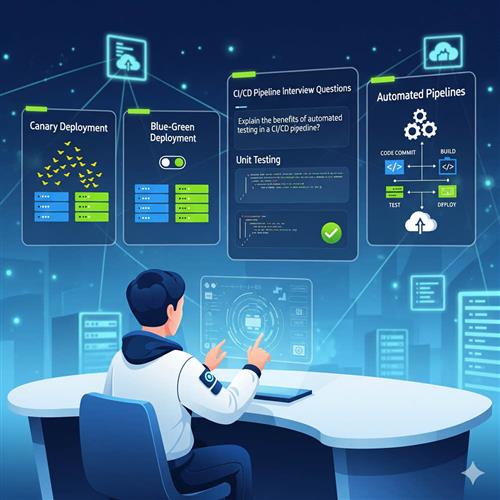
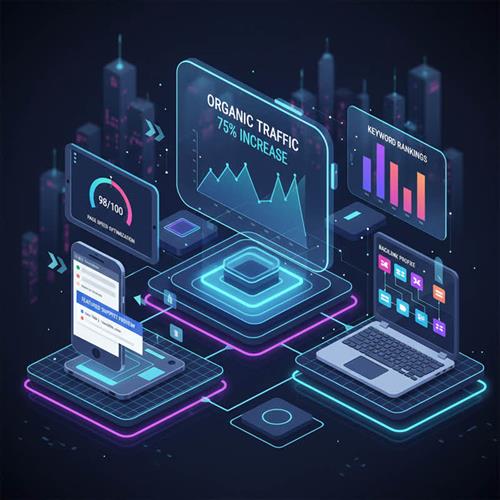


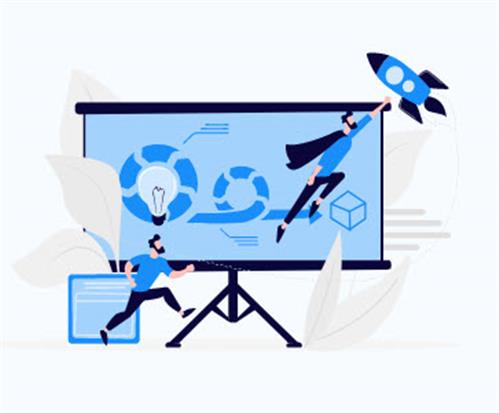


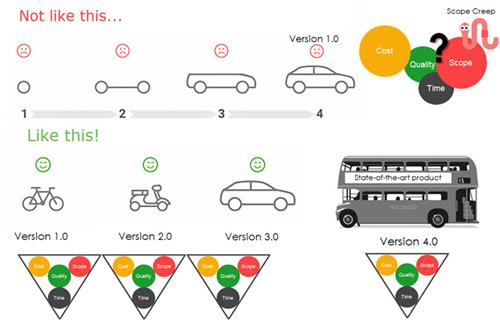


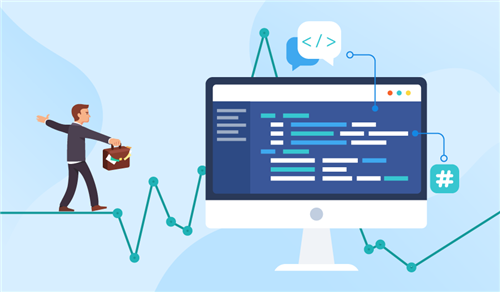
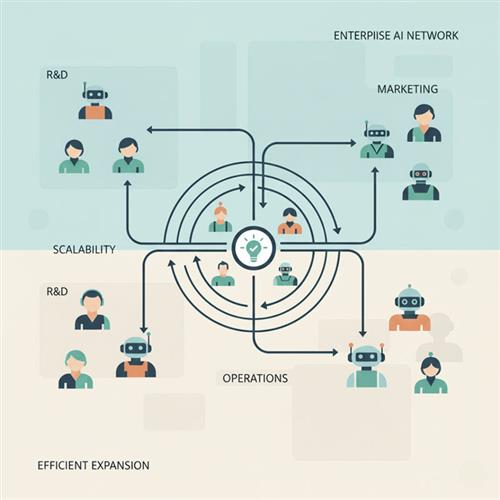
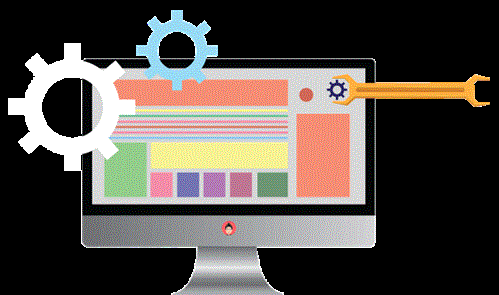
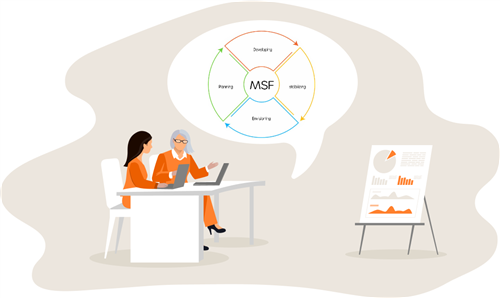




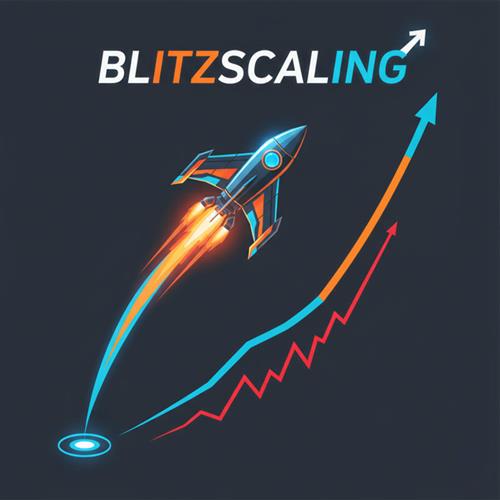
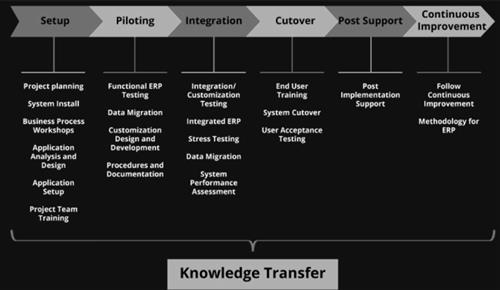

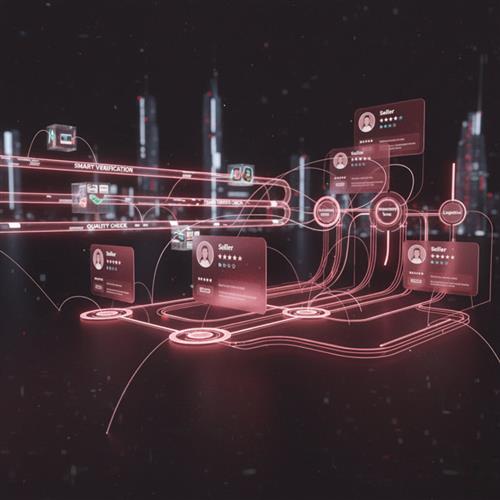







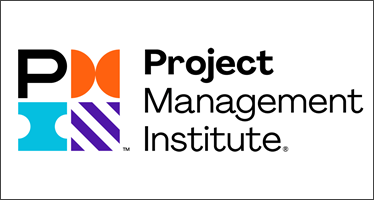



 Link copied!
Link copied!
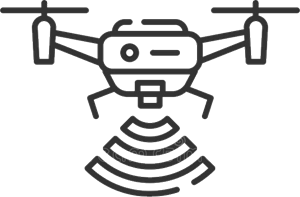 Recently Updated News
Recently Updated News